Vietnam Week continues to introduce a conversation with Professor John Quelch - Former Vice President of Harvard Business School on the topic of local branding and attracting investment after mergers.
Vietnam has carried out a large-scale local merger, from 63 provinces to 34 provinces. Many familiar place names such as Ha Tay, Ninh Thuan , Hau Giang – disappeared from the administrative map. From your perspective, when a locality loses its name, should the regional brand be “erased” as well? Or can we continue to use the old place names as a “heritage brand” to serve the promotion of trade, tourism, and investment?
Professor John Quelch : I think, basically, the consolidation of provinces in Vietnam is a good idea. The United States is a very large economy and has 50 states. Meanwhile, Vietnam – a much smaller economy – has more than 60 provinces. So, I think the consolidation is reasonable.
Just because you have an administrative merger doesn’t mean a local culture will disappear. But perhaps the people in that village, town, or province – now off the official map – will have to work harder to preserve and strengthen the cultural identity they once had. This is entirely manageable, although for some people, not seeing their province on the map may be a disappointment. But I don’t think anyone will be “shocked” by the removal of the province’s name. 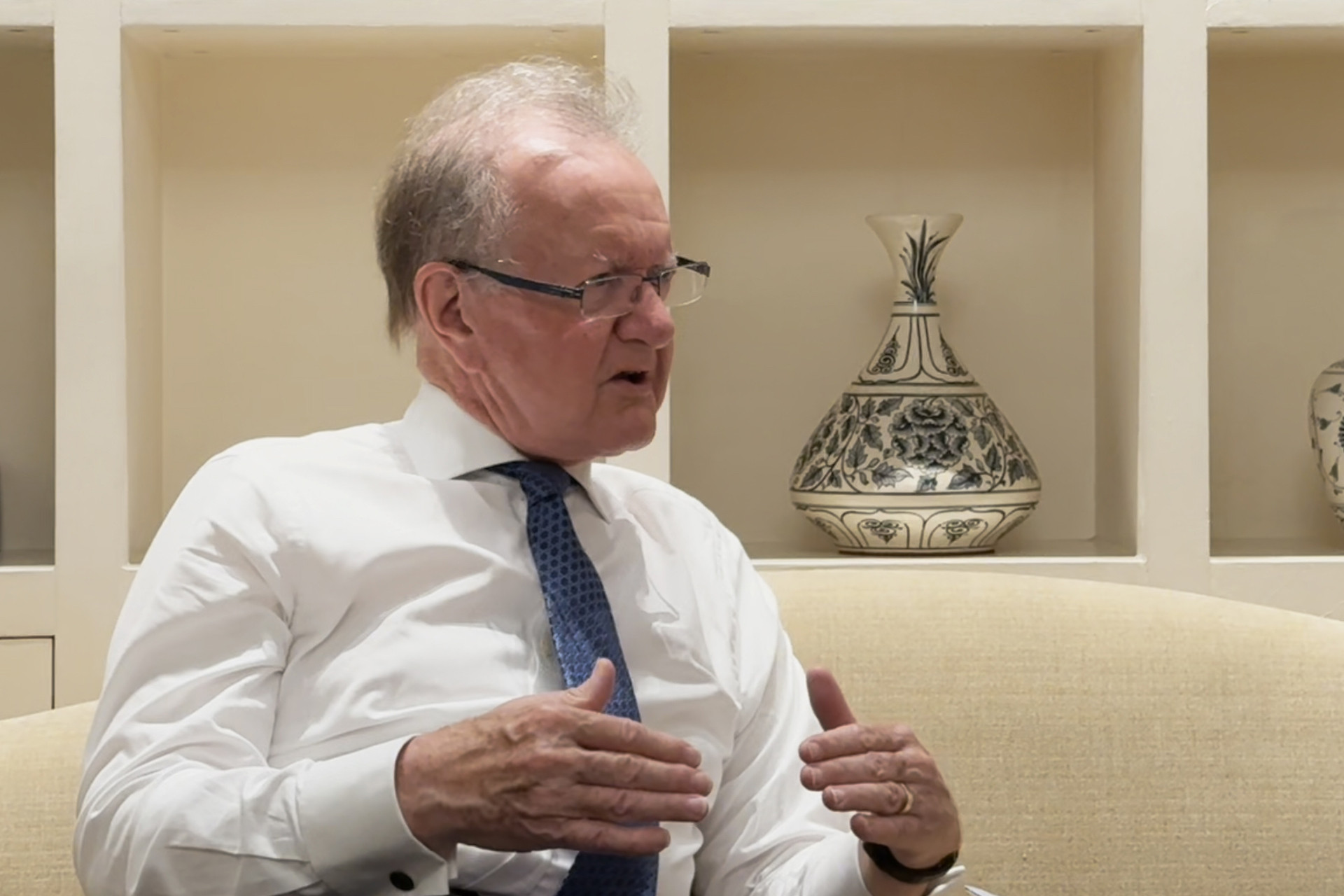
Professor John Quelch: Regional competition is good, and each locality should preserve its identity after the merger.
Many local brands in Vietnam are associated with typical products such as “Doan Hung Grapefruit”, “Ha Tay Bat Trang Pottery”, “Ninh Thuan Grapes”, “ Hau Giang Shrimp”... If localities merge and administrative names change, will the brand value have any impact on the minds of international consumers? Do you have any recommendations to protect these “intangible assets”?
I see. There are a lot of brands in the world that are tied to specific places, right? Like Idaho potatoes in the US – everyone thinks Idaho potatoes are special. Or Wisconsin cheese – it’s very famous in the US. In France, you have Champagne – not a province, but a region, the only place where grapes are grown and processed is officially called Champagne. Everything else is just sparkling wine. And the people of Champagne are very serious about protecting their trademarks, even suing entities that use the name improperly.
So, when faced with the situation you describe, producers – such as the grape growers you just mentioned – will focus more on strengthening their brand identity. They are forced to work hard to ensure that their brand – such as “Ninh Thuan grapes” – does not fade away. Therefore, administrative changes can become a positive incentive for local communities to strengthen the protection of their heritage and product brands.
In the world, some countries such as Germany, Japan, and Canada have merged administrative units but still retain regional identity in the form of tourism, cultural, and economic brands. Can you share some notable international lessons in preserving and repositioning local brands after removing administrative names?
This is a difficult question, but I will use Spain as an example. The capital is Madrid, but everyone also knows about Barcelona – the capital of Catalonia. Barcelona is not just a city, it is a cultural symbol of its own, and Catalans are very proud of their identity. Barcelona is also famous for its rival football club with Madrid, which helps to foster regional identity and create positive energy.
I think the same thing can happen in Vietnam. Hanoi’s culture is very different from Ho Chi Minh City’s. Healthy competition between cities and regions can create momentum for national development. On the contrary, an overly centralized system – like Paris in France – can overshadow the role of other localities. So I think regional competition is good, and each locality should preserve its own identity after the merger.
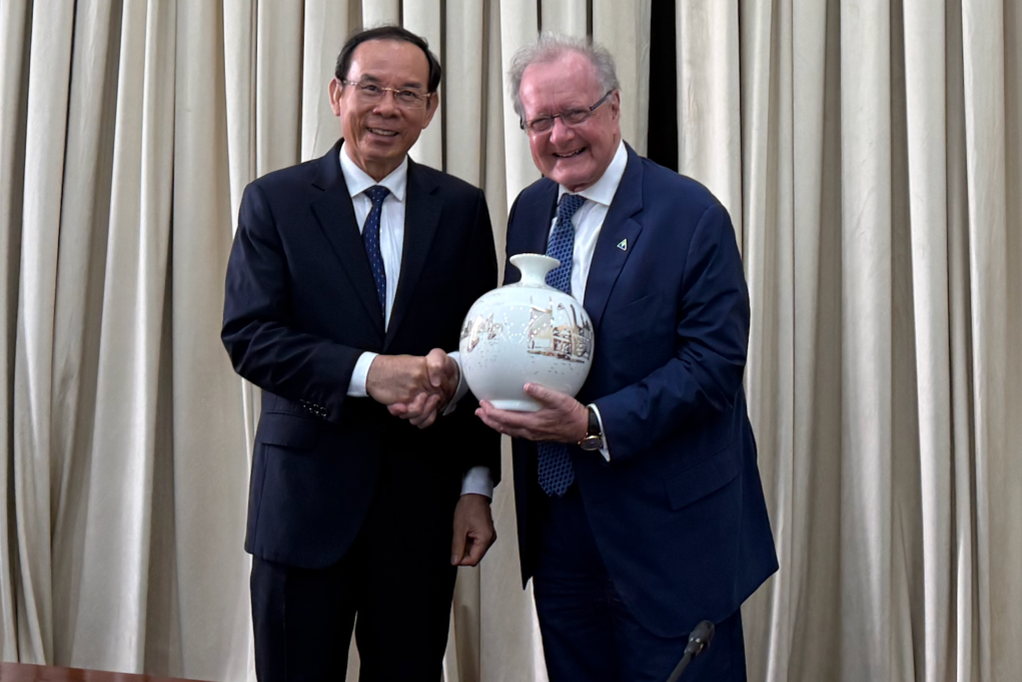
Secretary of the Ho Chi Minh City Party Committee Nguyen Van Nen and Professor John Quelch had a working session on the development issues of Ho Chi Minh City after the recent merger.
Currently, many localities in Vietnam are aiming to develop “regional brands” as a pillar to attract FDI, develop tourism and improve competitiveness. In your opinion, what role can regional branding after administrative reform play in the overall economic development strategy?
I think competition between localities to attract FDI is a positive thing. However, the central government needs to have an overarching strategy to ensure that provinces do not compete in a negative way – for example, by competing to reduce taxes and increase incentives to the point of “buying” foreign investment at too high a price. This can cause losses for the province, and the opportunity should have been turned down. But they did not turn down the competition because they were under pressure to meet FDI attraction targets.
Therefore, a national strategy on FDI is needed – not to control each province in detail – but to guide. For example, if a European car company wants to build a factory of 5,000 – 10,000 cars per year in Vietnam, the central government should participate in guiding, instead of letting the provinces compete, leading to a deal that is disadvantageous to the whole country.
You once said that the national brand does not only belong to the central government but is also created by localities with strong identities, products and stories. So for the newly merged provinces in Vietnam, what recommendations do you have for building a “multi-center” brand – preserving the old heritage while creating a new identity?
Vietnam has a rich history and many UNESCO heritage sites. Some provinces have historical strengths, others have beautiful coastlines, but there are also provinces deep inland that have not yet been exploited for tourism. However, these provinces have the potential for eco-tourism – attracting high-end international tourists. And wealthy international tourists are often potential investors.
What the provinces need to do is to take stock of their existing assets and capabilities and make the most of them. In addition, some provinces should cooperate – for example, three inland provinces that are close to each other, with similar climates and geography – can jointly call for large investments and share the benefits. Part of the investment can go to this province, and part to another province. There is nothing to prevent similar provinces from developing together on a large scale to attract large investors.
From the perspective of international communication and promotion, does changing the local name make it difficult to access foreign markets, especially for small businesses? Do you have any suggestions for converting the old administrative brand to a new name without disrupting the brand image?
If you’re a business, the biggest disruption isn’t the name, it’s the new regulations. For example, food businesses have to get their factories inspected for safety. If you suddenly move to another province, will the safety regulations change? Will you have to spend time and money adjusting your production? Mergers may be a relief for regulators, but they can be a pain for small businesses.
So there needs to be a transition period – for example, a new rule that only applies after a year, so businesses have time to adjust. Don’t just roll it out “next Monday”. That’s not feasible for small businesses.
Professor John Quelch is a leading expert on international marketing, nation and place brand management, FDI strategy, and global healthcare issues. He has served as Vice Dean of major business schools around the world, including Harvard Business School, London Business School, and China Europe International Business School (CEIBS). He is currently a professor at the Miami Herbert School of Business, University of Miami, where he previously served as Associate Dean and Dean of the School of Public and International Health. In addition to academia, he has been a board member of many large corporations and has experience in brand strategy consulting for many governments and international corporations. Vietnamnet.vn Source: https://vietnamnet.vn/sau-sap-nhap-lam-gi-de-giu-thuong-hieu-dia-phuong-2429807.html |



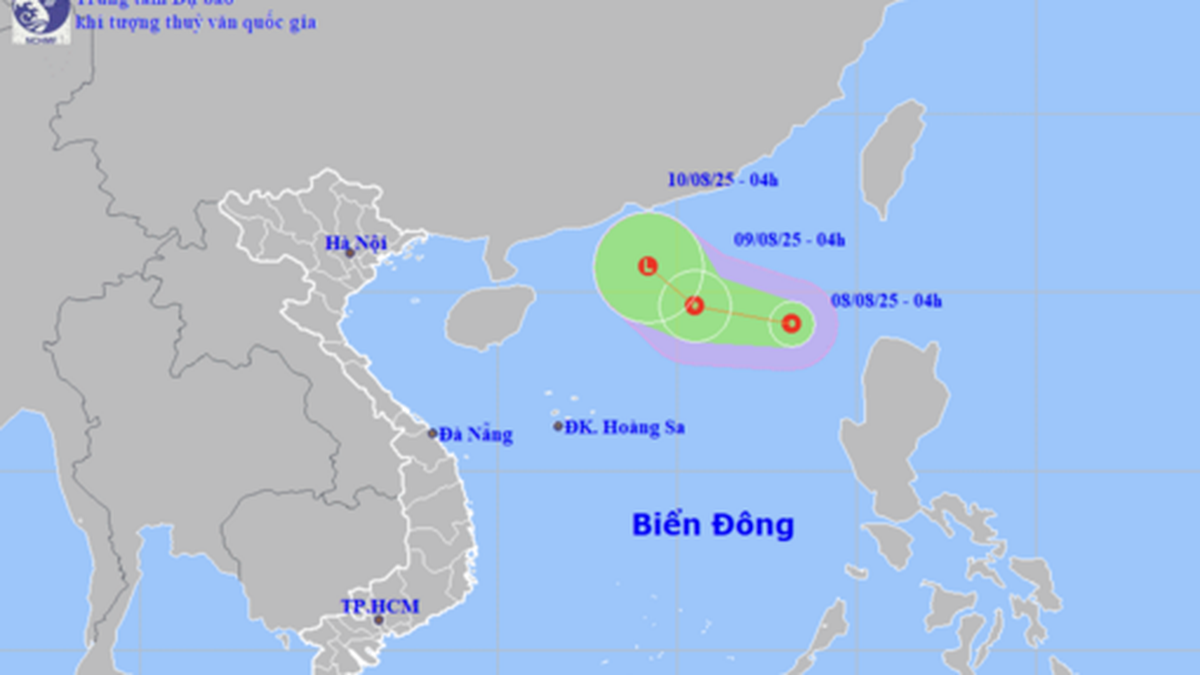
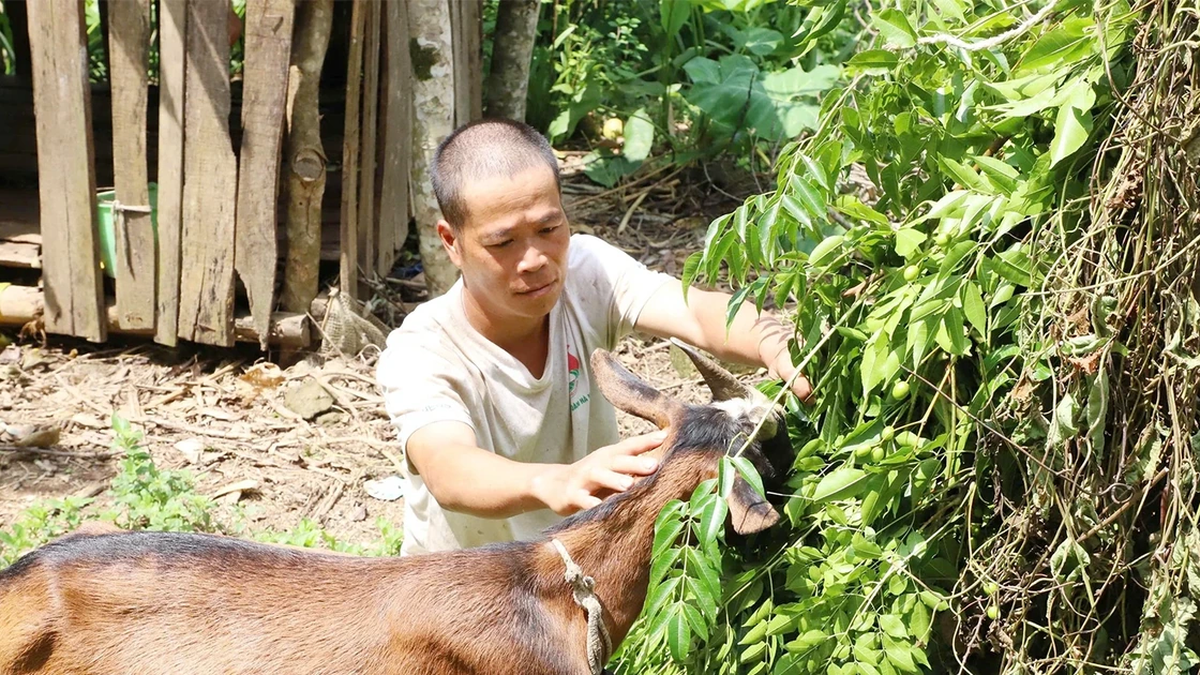
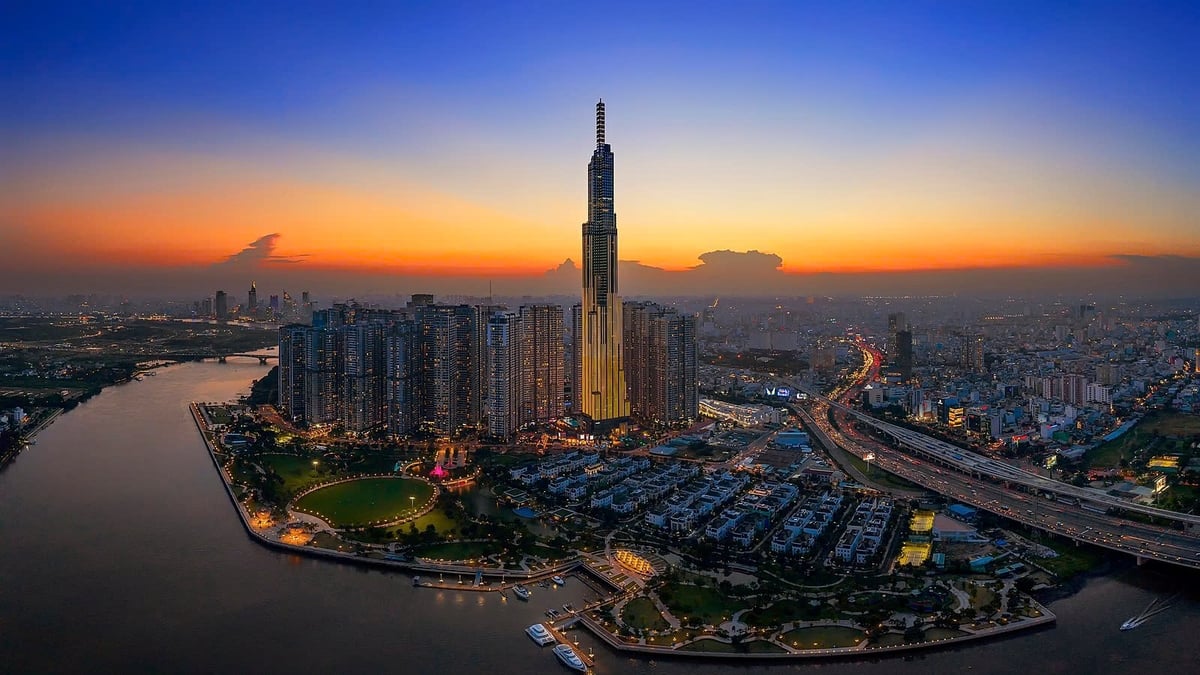

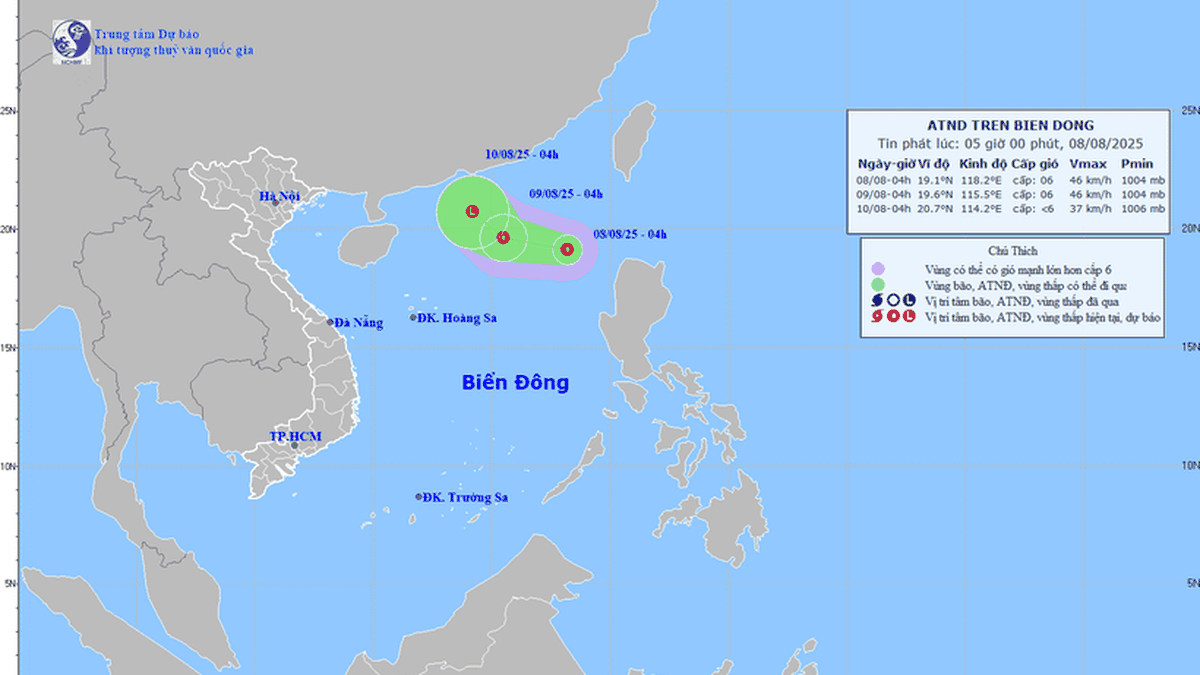
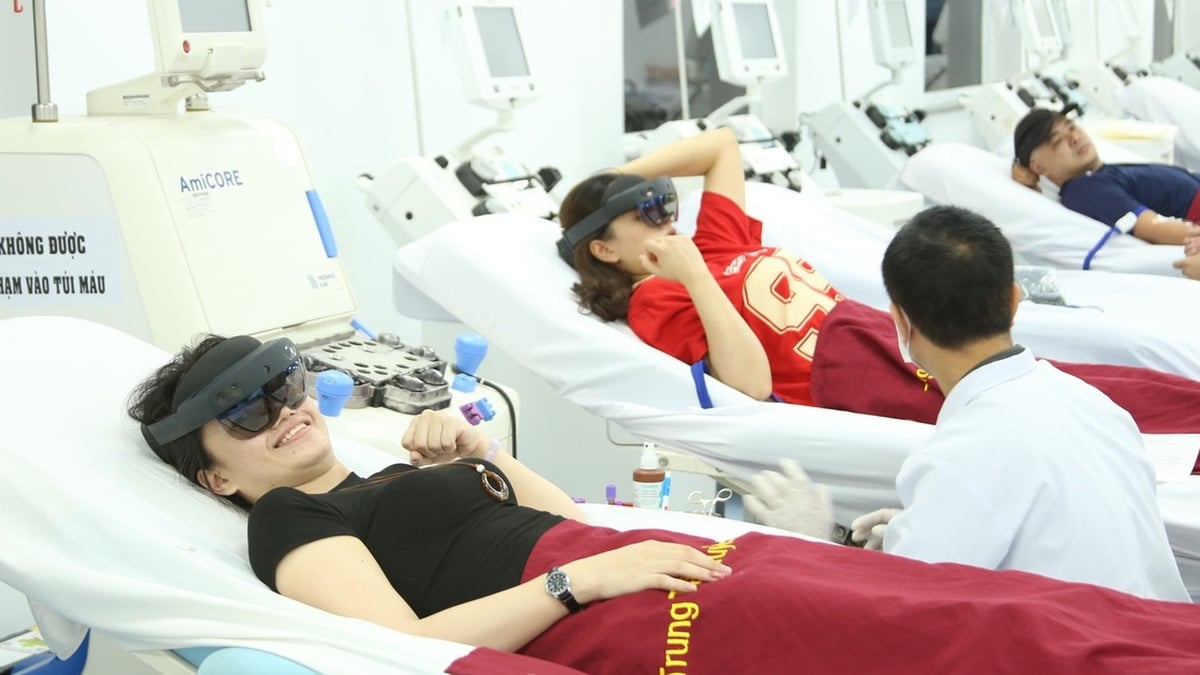

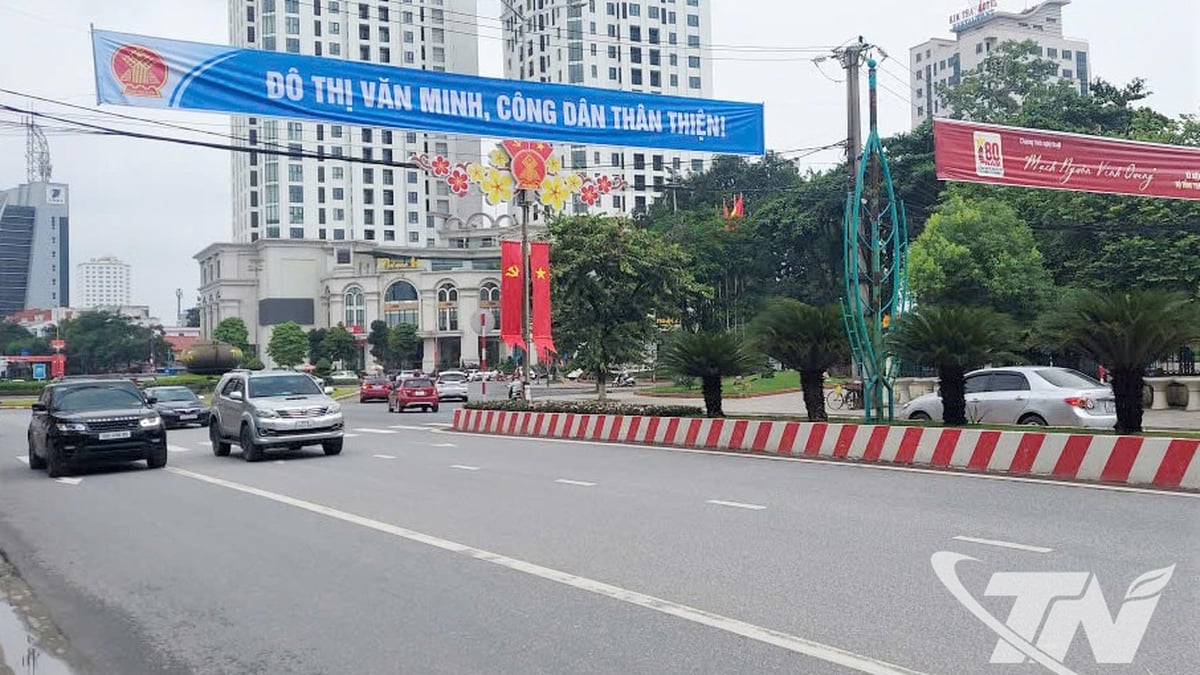

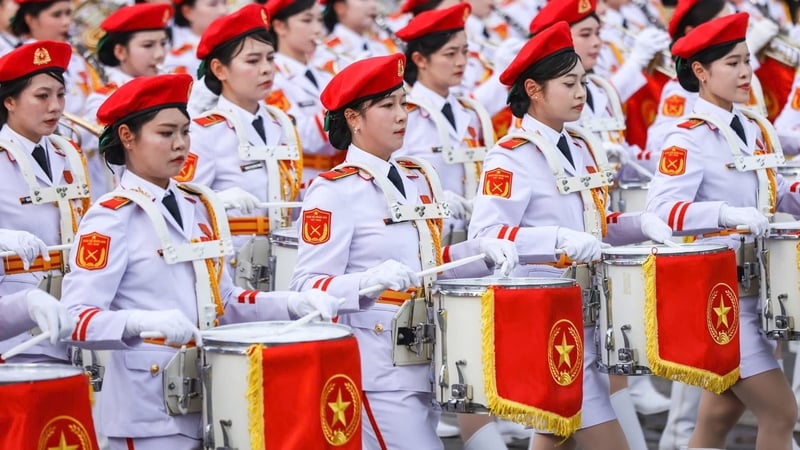











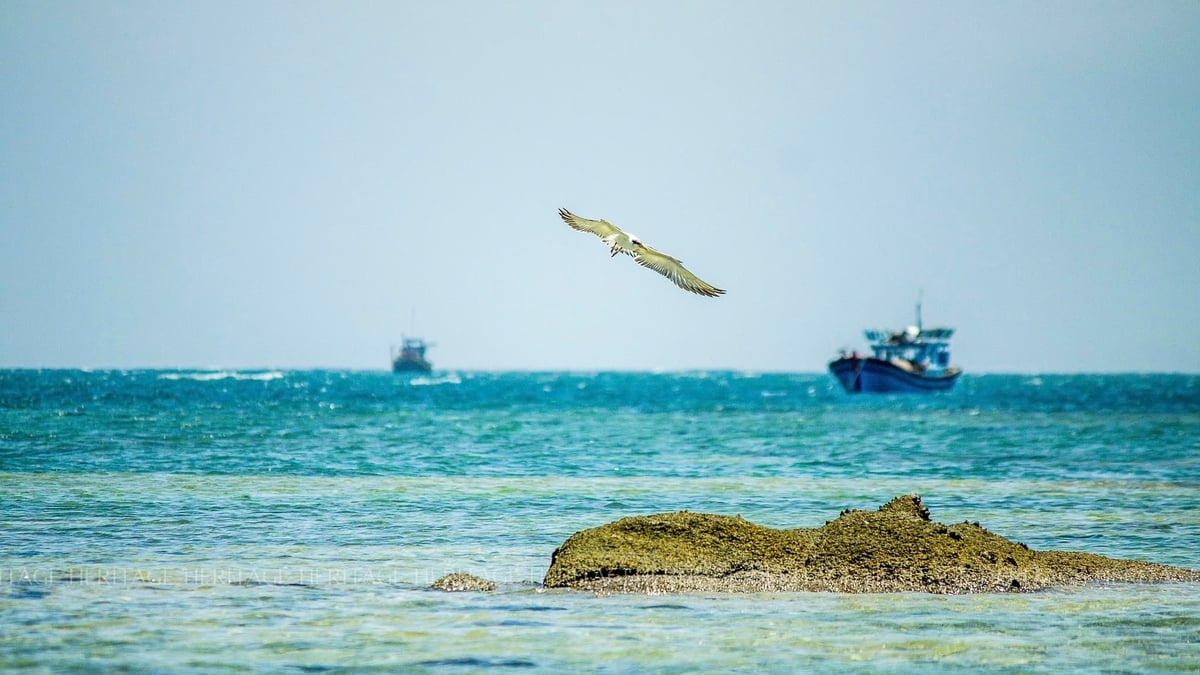



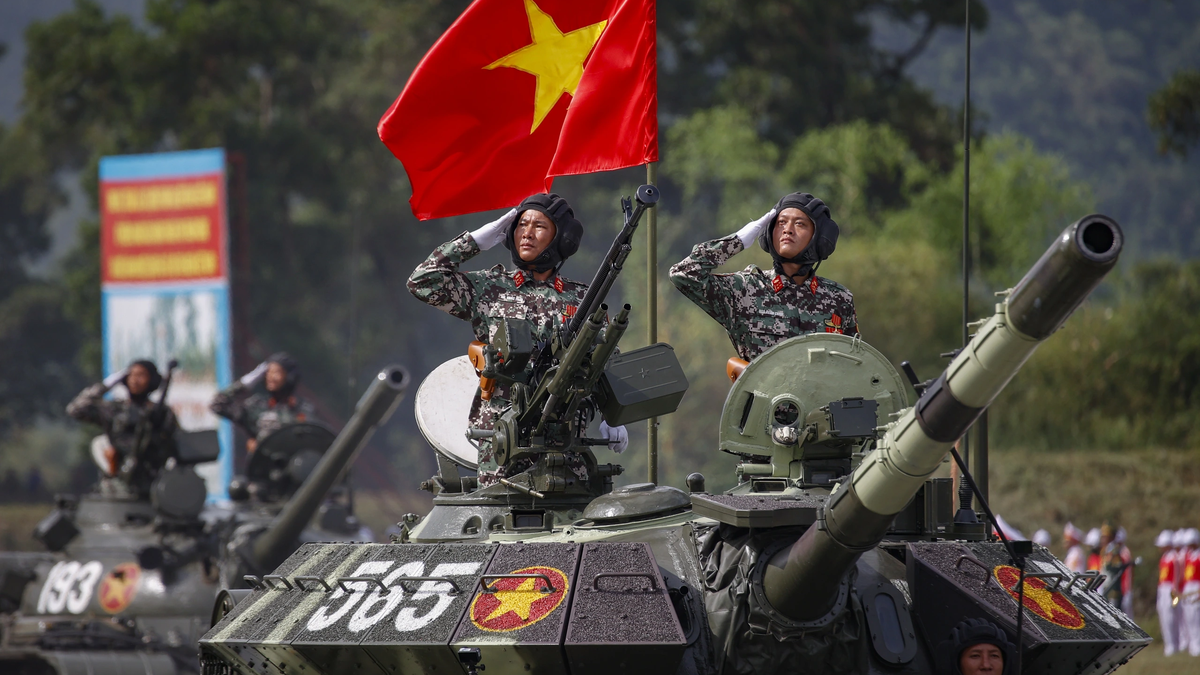

![[Photo] Discover the "wonder" under the sea of Gia Lai](https://vphoto.vietnam.vn/thumb/1200x675/vietnam/resource/IMAGE/2025/8/6/befd4a58bb1245419e86ebe353525f97)
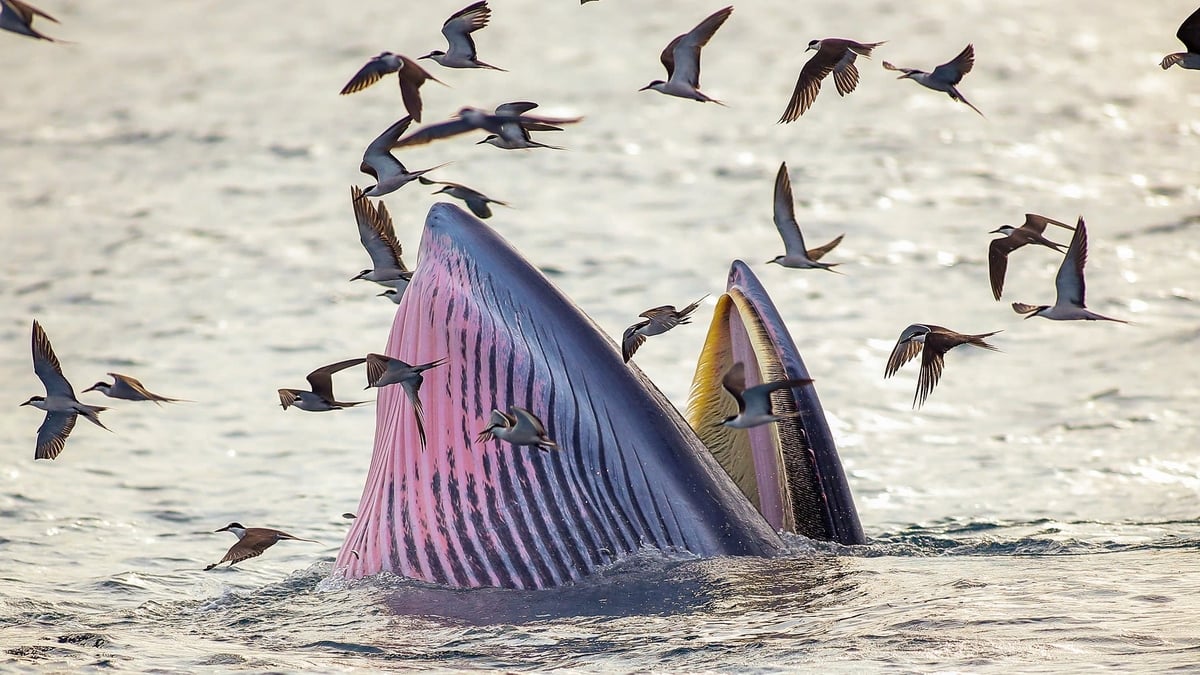



































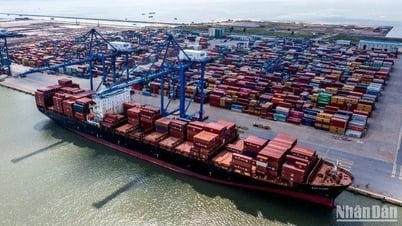




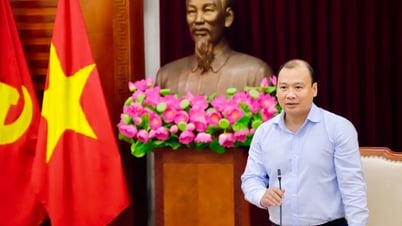


















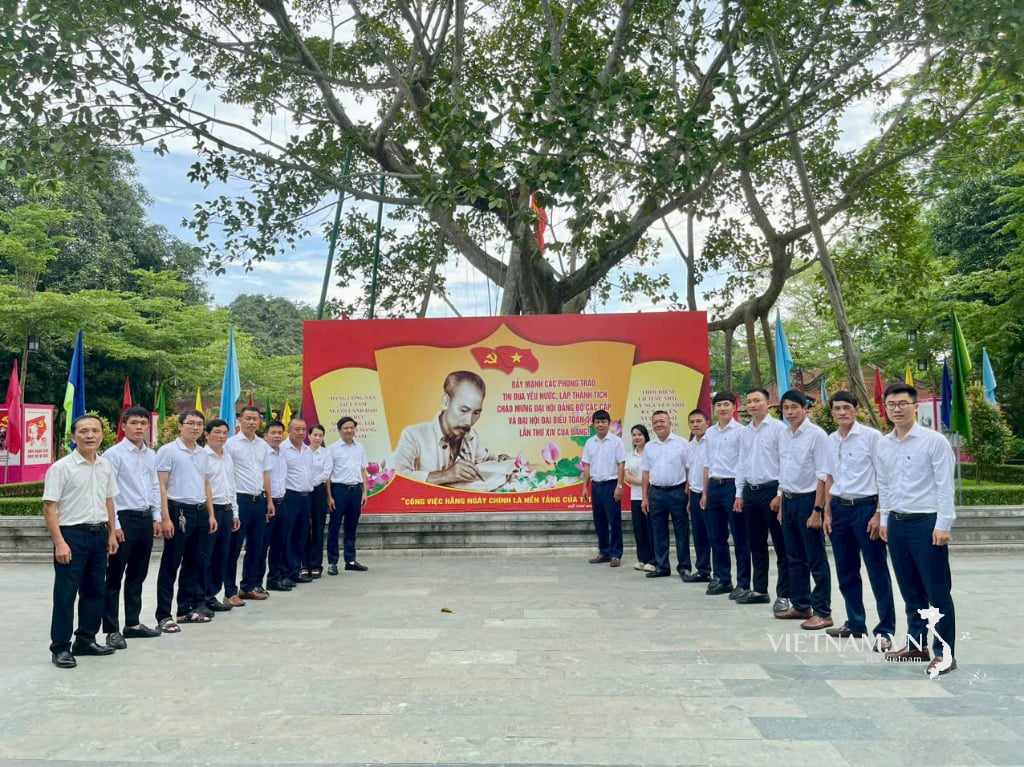



Comment (0)